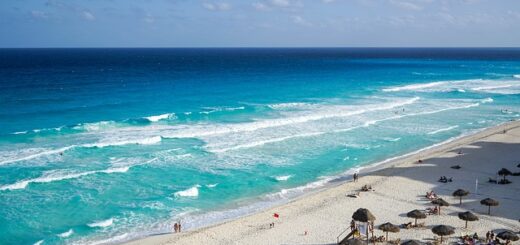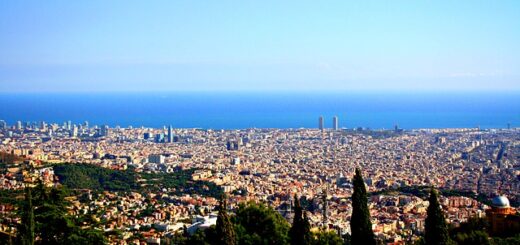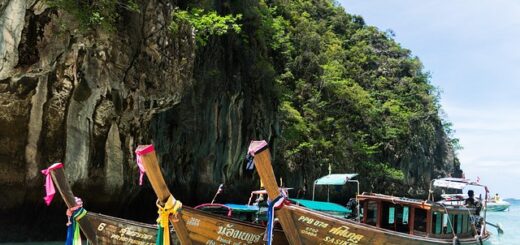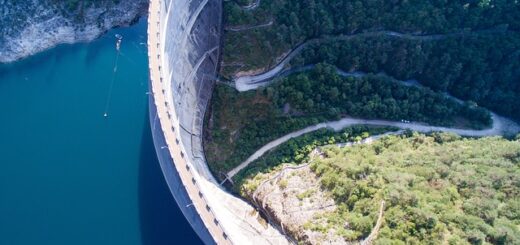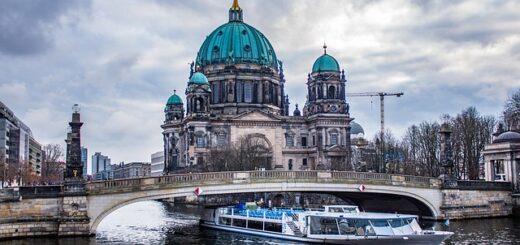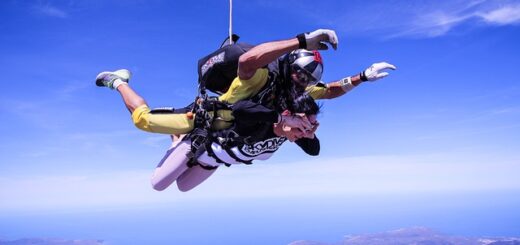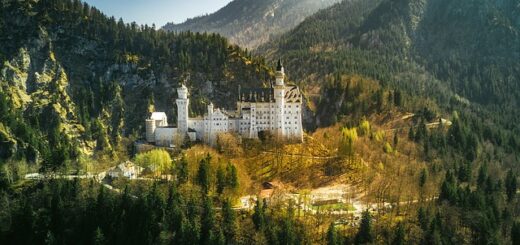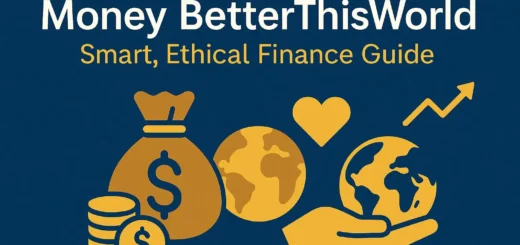Is Russia part of Asia or Europe?
Russia is a country that has puzzled people for centuries, but Is Russia part of Asia or Europe? Russia is a transcontinental country that stretches Europe and Asia. We will explore the different aspects of Russia’s identity and whether Russia is in Europe or Asia and is an Asian or European country.
So let’s find out Is Russia part of Asia or Europe?

Is Russia in Europe or Asia?
If you think Is Russia in Asia or Europe? Russia is a transcontinental country on the European and Asian continents. Of its total land area, around 77% lies in Asia, while the remaining 23% is in Europe. The Ural Mountains, which run north-south through western Russia, are traditionally seen as the boundary between Europe and Asia.
The western part of Russia, which includes cities like Moscow and St. Petersburg, lies in Europe. It shares borders with Norway, Finland, Estonia, Latvia, Lithuania, Poland, Belarus, and Ukraine- all European countries. The eastern part of Russia, comprising regions like Siberia and the Russian Far East, lies in Asia. It shares borders with China, Mongolia, North Korea, Kazakhstan, and Azerbaijan, among others – all Asian countries.
Russia’s unique geographic position has shaped its history, culture, and identity. It has played a significant role in European politics and culture for centuries. The Russian Empire was a significant European state crucial in shaping the continent’s politics in the 18th and 19th centuries. Russia’s influence extends to other aspects of European life, including literature, music, art, and cuisine.
However, Russia’s identity is also deeply rooted in its relationship with Asia. Its expansion into Siberia and Central Asia helped integrate these regions with the broader Russian state. The influence of Asian cultures is evident in Russia’s art, literature, and cuisine. Russia is a transcontinental country. While the Ural Mountains are the boundary between Europe and Asia, its unique position at the crossroads of these two continents shaped Russia’s identity.
Is Russia Asian or European country?
Russia is a Eurasian country because it spans Europe and Asia, with around 77% of its total land area in Asia, while the remaining 23% is in Europe. Russia’s western region, which includes cities such as Moscow and St. Petersburg, is considered part of Europe because of its cultural, historical, and political ties to the continent.
Russia shares borders with Norway, Finland, Estonia, Latvia, Lithuania, Poland, Belarus, and Ukraine – all European countries. European culture heavily influenced this part of Russia and significantly shaped European politics and history.
However, the eastern part of Russia is often considered more “Asian.” The region is less developed, sparsely populated, and has a more rugged terrain than the western part of the country.
The influence of Asian cultures is evident in Russia’s eastern regions, where many ethnic groups with distinct cultural identities reside, including Mongols, Buryats, Tatars, and Yakuts. Furthermore, Russia shares borders with China, Mongolia, North Korea, Kazakhstan, and Azerbaijan, among other Asian countries.
Russia’s culture and history blend Asian and European influences, and its colonial past has resulted in a hybrid culture that blends Asian and European influences. Furthermore, Asian and European traditions shape its language, religion, literature, and music.
The Russian Empire was also a powerful state that significantly shaped European politics in the 18th and 19th centuries. Russia is a unique country that spans different continents and has cultural ties to Asia and Europe. Russia’s identity as a Eurasian country is deeply rooted in its history, culture, and geography.
Is Russia a European country?
Russia spans both Europe and Asia. However, around 23% of Russia’s total land area lies in Europe, primarily in its western regions, including cities such as Moscow and St. Petersburg.
Russia has had a long and complex relationship with Europe, dating back to the early days of the KievanRus, a powerful medieval state stretching from present-day Ukraine to Belarus and Russia.
Russia’s influence on European politics and culture was also significant during the Soviet era. The Soviet Union was a global superpower crucial in shaping international politics in the Cold War and beyond. Many aspects of Soviet culture, including literature, art, music, and cinema, have left an indelible mark on European culture.
However, Russia’s identity is not solely rooted in its European heritage. Its border between Europe and Asia has given it a unique blend of cultural and historical influences from both continents. Additionally, Russia’s vast size and diverse population have contributed to a wide range of cultural traditions that are not solely European.
While Russia’s cultural and historical ties to Europe are undeniable, categorizing it solely as a European country would be overly simplistic. Russia is a transcontinental country with a rich cultural heritage that blends influences from both continents. Its identity as a Eurasian country is deeply rooted in its history, culture, and geography.
Is Russia an Asian country?
Russia, the world’s largest country, is a transcontinental nation that spans two continents: Europe and Asia. Russia has territories located in both Europe and Asia. However, most of the country’s land lies in Asia, with only a small portion in Europe.
Russia is often considered an Asian country due to its vast size and location. Its Asian territories include Siberia, known for its harsh winters and vast forests. The Ural Mountains, commonly used as a geographical boundary separating Europe from Asia, also run through Russia.
Culturally, however, Russia has been shaped by its European and Asian influences. Its history includes Eastern and Western influences, mixing Slavic, Turkic, Mongol, and Scandinavian cultures. The country’s capital, Moscow, is located in the European part of Russia and has historically been the center of political and cultural life.
The Russian Federation officially considers itself a Eurasian country, reflecting its location and cultural mix. While Russia’s location and most of its land area lie in Asia, its cultural and historical ties to Europe, and Russia’s unique blend of European and Asian influences, makes it a truly fascinating and complex nation.
Is Russia in Asia or Europe continent?
Russia is a transcontinental country that stretches Europe and Asia and is the world’s largest country. The country shares borders with sixteen nations, making it a vital player in global politics and economics.
Geographically, Russia has been divided into two parts – European Russia and its Asian part, and the Ural Mountains divide the two regions. In the seven-continent model, it is part of both Europe and Asia.
Russia’s historical heartland lies in Europe, where most of the population and political power resides. However, Russia expanded its territory in Asia through imperial conquests and colonization, and Siberia and the Russian Far East are significant parts of the country’s Asian region.
The Asian part of Russia is essential in terms of natural resources, and Siberia has vast oil, natural gas, coal, and timber reserves, contributing significantly to Russia’s economic growth. The region also has diverse ethnic groups, including the Tuvinians, Yakuts, and Buryats.
Russia maintains close ties with China and has recently forged stronger relationships with other Asian countries, such as India and Vietnam. Russia is also involved in conflicts with its neighbors, including Georgia and Ukraine. Russia spans Europe and Asia. Its historical heartland lies in Europe, but its Asian part is essential for natural resources and political relations.
In what continent Russia is?
If you think Russia is in which continent? Russia is a transcontinental country, it spans Europe and Asia, and the Ural Mountains are the boundary that separates these two continents. The western part of Russia is in Europe, while the eastern part is in Asia.
Russia’s location at the crossroads of Europe and Asia has significantly impacted its history and culture. Its proximity to Europe has allowed for cultural exchanges and trade relationships dating back centuries. At the same time, its vast territory in Asia has given rise to unique cultural traditions and ethnic groups.
Russia’s position as the largest country in the world further emphasizes its significance as a transcontinental nation. This vast territory encompasses diverse landscapes, including tundra, forests, mountains, and steppe regions.
Russia’s location has also significantly impacted its political and economic development. Throughout history, Russia has strived to expand its territory and influence in Europe and Asia. It has led to conflicts with neighboring countries and complex geopolitical relationships with global powers.
In terms of its economy, Russia’s position as a transcontinental nation has allowed it to develop strong trade relationships with both Europe and Asia. Its vast natural resources, including oil, gas, and minerals, have made it an essential player in the global energy market.
Its location at the crossroads of multiple trade routes has made it a crucial hub for international commerce. Russia’s location as a transcontinental country has significantly impacted its history, culture, and economy. Its position at Europe and Asia crossroads has provided unique cultural traditions and allowed for diverse trade relationships.
Final Words
Russia’s identity as an Asian or European country has puzzled people for centuries. However, Russia is a transcontinental country, occupying both Europe and Asia. Although its historical heartland lies in Europe, its Asian part is vital for natural resources and political relations.
Russia’s location, vast territory, and global influence make it an essential player in geopolitics, spanning multiple continents.
Check out our travel guides on Russia to know about best places to visit in Russia and top things to do in Russia.


